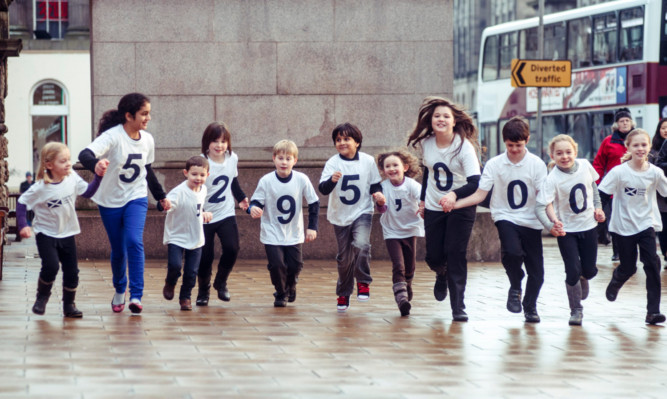Scotland’s population reached its highest level ever at the time of last year’s census.
The first set of data from the 2011 survey shows that the population had reached 5,295,000, up by 233,000 people since the last census in 2001.
The result is the highest population in Scotland’s history, beating the previous record set in the early 1970s and reversing declines seen in the decades since.
The census was carried out on March 27 2011. More details of the Scottish results will be released next year.
The survey showed that the number of people aged 65 and over increased by 85,000 since 2001 and now represents 17% of the population, while those aged 80 and over was up 19% at 230,000.
By contrast, there has been a decrease of 69,000 (11%) in the number of children aged between five and 14 over the past decade.
In 2011, there were 293,000 children aged under five, an increase of 6% from 2001.
Acting Registrar General Audrey Robertson said: “These first results from the census confirm the upward trend in the size of Scotland’s population in recent years.
“At 5,295,000, the population is now the highest ever recorded.
“This increase is partly because there have been more births than deaths, but mainly because more people have moved to Scotland than have left.”
Culture Secretary Fiona Hyslop said: “These figures represent a historic moment for our country. A decade and more of devolution has delivered a growing and record high population.
“That is not simply a sign of the dynamic, attractive nation we are building. It is also a key factor in delivering economic growth in future years.
“The Scottish Government set population growth as a key national target exactly because we know it is one of the most important drivers of sustainable economic growth.
“Today’s figures show that we are well on track to meet and even exceed that population growth target.
“Not only do these statistics represent the fastest growth rate between two census years in the last century, but demonstrate that our hard work to grow Scotland’s population to support economic growth is paying off.
“Scotland has a large, established migrant community and we welcome the contribution new Scots are making to our economy and society.”
She went on: “Scotland still faces challenges. In common with almost every mature economy we have an ageing population, but these figures also show that the under-fives population is up by 6% compared with 2001.”
